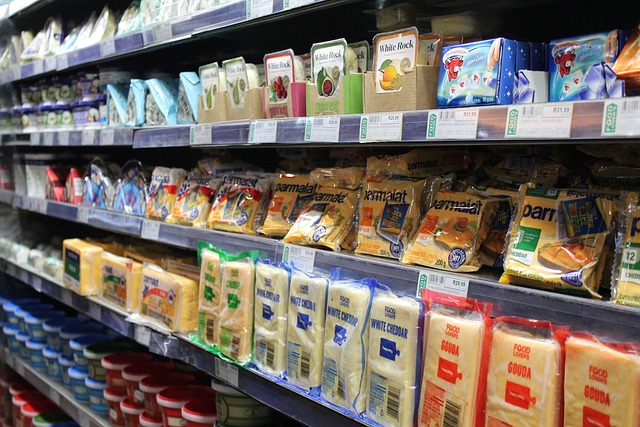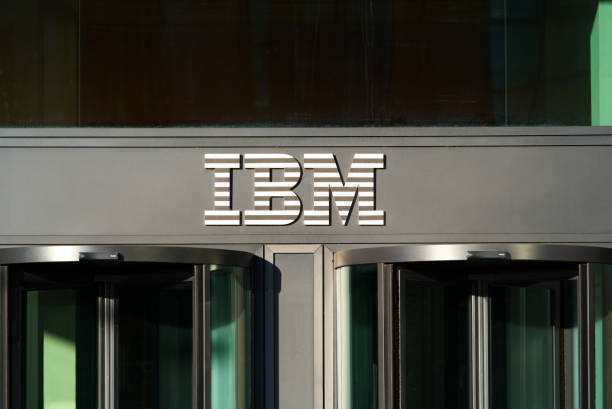U.S. producer prices growth slows more than expected in July

Investing.com - U.S. producer prices growth slowed more than expected on an annual basis in July, in the latest sign of cooling inflationary pressures in the world's largest economy.
The producer price index for final demand grew 2.2% annually last month, a fall from a revised 2.7% in June, according to Labor Department data. Economists had called for a fall to 2.3%.
On a monthly basis, the PPI figure rose by 0.1%, less than expected and below the 0.2% growth seen in June.
Taking out more volatile items like fuel and food, so-called “core” PPI slowed to a monthly rate of 0.0%, from a revised 0.3% in June, and an annualized pace of 2.4%, from 3.0%.
This report comes a day before the more widely-watched consumer price index, which is expected to show inflation stayed at 3.0% on an annual basis in July, unchanged from June’s figure.
The Federal Reserve maintained its policy rate at the end of July in the same 5.25%-5.50% range it has been for more than a year, but signaled that a rate cut could come as soon as September if inflation continued to cool.
Investors will parse through the dataset to try and decide whether the Federal Reserve will go for a 50 basis point cut or a 25 bps cut in its September meeting, with the CME FedWatch tool suggesting that the market is evenly split between these two options.








